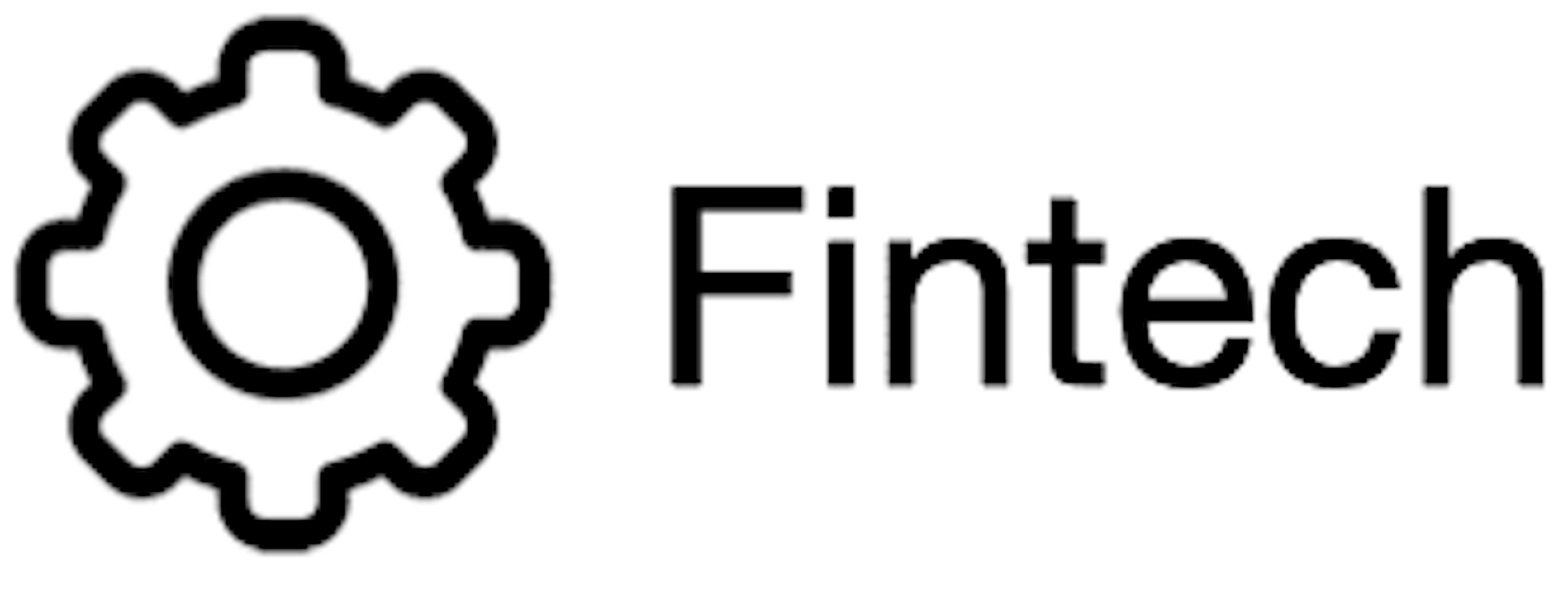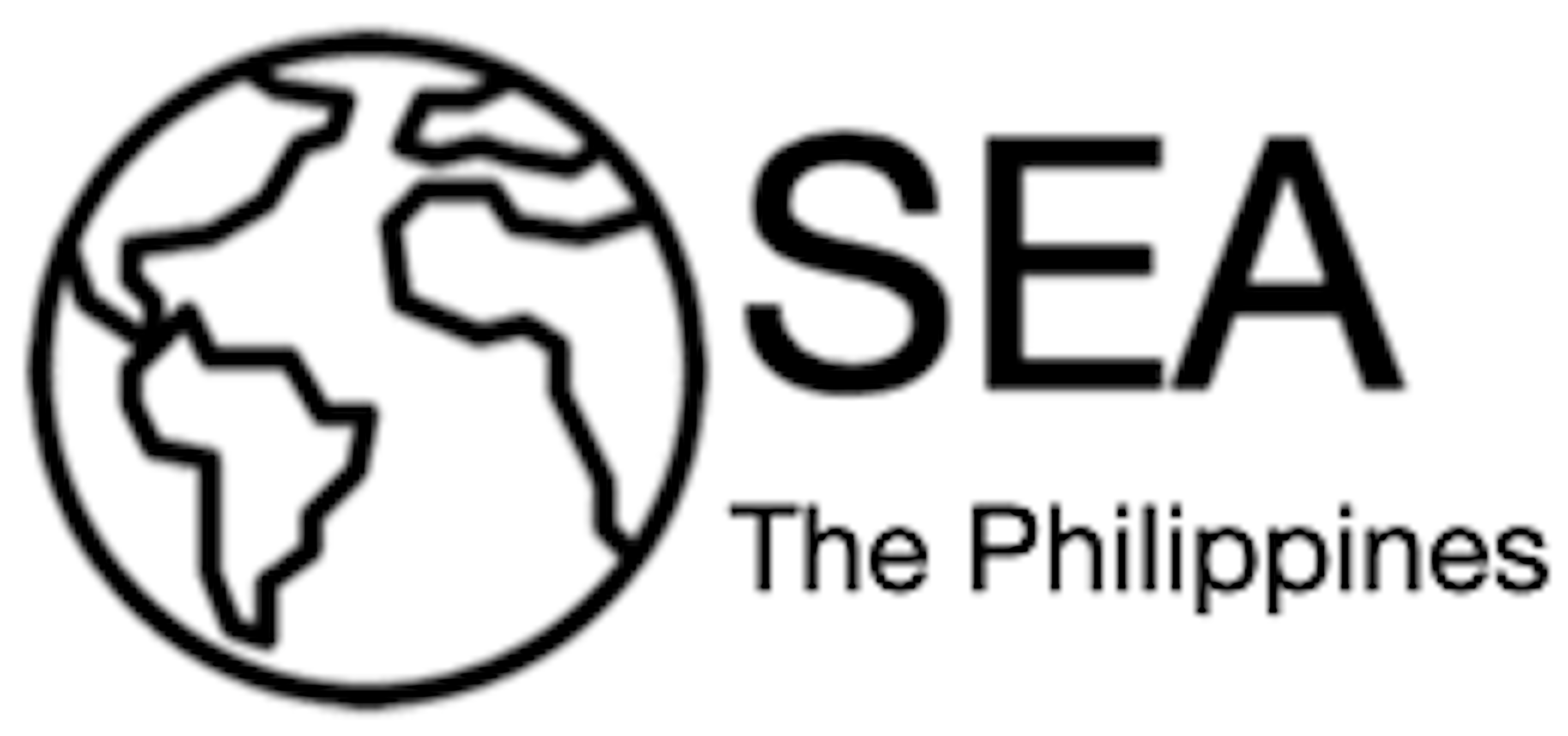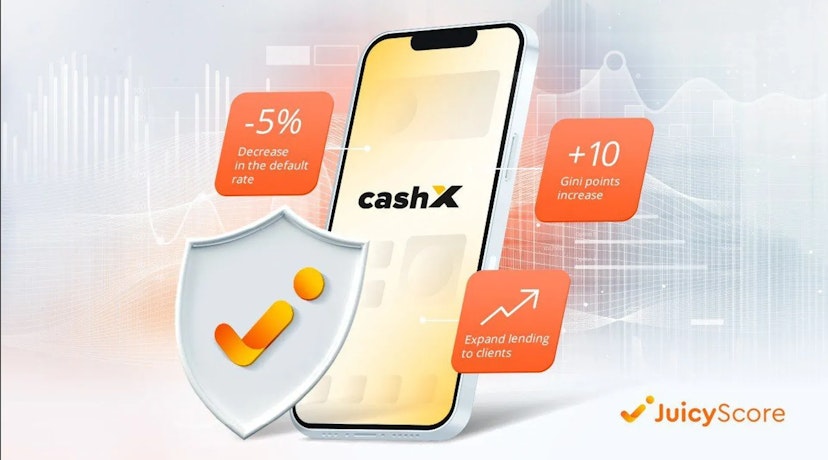


About PitaCash
PitaCash is a Philippine fintech company specializing in micro-lending and digital financial services. The core business goal is to rapidly scale its customer base while keeping the unit economics sustainable. In the highly competitive environment and with unstable traffic quality, the company faced the need to build a risk management system without going through the long and costly process of developing proprietary anti-fraud solutions.
PitaCash’s mission is to make loans as transparent, accessible, and useful as possible for clients, while also contributing to the growth of financial literacy. The company aims to become one of the most reliable financial institutions in the country — the one customers turn to in times of need. PitaCash is also registered with the National Privacy Commission as a data controller, highlighting its commitment to high standards of client data protection and confidentiality.
Market Challenges in the Philippines
Microfinance in the Philippines, as across Southeast Asia, is growing rapidly — but also faces serious constraints and risks:
1. Limited Credit History Coverage
Only about 50% of adults in the Philippines hold a bank account, and 24.5% have never made any savings — leaving a significant share of the population outside the formal financial system. This creates two problems:
- Companies struggle to assess borrowers’ creditworthiness.
- Reliance on the single national credit bureau, CIBI Information, is insufficient as it does not cover the whole country.
2. Vast Market, But Over-Indebtedness Risks
The mass shift to online loan applications made access faster and easier — but also opened the door to uncontrolled borrowing. A single borrower may apply to dozens of companies in a short time. Without cross-checks, this creates a classic problem of over-indebtedness, damaging portfolios and driving defaults across the industry.
3. High Operating Costs and Infrastructure Barriers
- MFIs traditionally operate with limited resources and struggle to attract sustainable financing. Lack of access to large bank loans or institutional investors forces them to rely on shorter-term, more expensive sources of capital. As a result, operating costs grow, while room for scaling and investing in technology remains constrained.
- Digital scaling is also a major challenge: only ~28% of the population has access to fixed broadband, mobile speeds in remote areas often stay below 10 Mbps, and laying cables between islands is several times more expensive than on the mainland. Many rural users not only face limited access, but also lack experience with digital services, slowing down sector growth.
4. Regulatory Fragmentation
Rules for microfinance differ significantly across Southeast Asia. Some countries cap interest rates or impose strict ownership requirements; others enforce specific lending and deposit regimes. This regulatory patchwork reduces predictability, slows cross-border expansion, and complicates customer operations.
In the Philippines specifically, regulation has tightened in recent months: the regulator is “cleaning up” the market, and many dormant companies have had their licenses revoked. While this poses risks, it also opens opportunities for reliable players to grow — ultimately benefiting both businesses and borrowers.
How JuicyScore Helped Build Risk Management
Using JuicyScore’s API response vector, PitaCash applied a combination of variables to segment risks. Based on these variables and their combinations, the team created around 30 rules to flag high-risk segments, filter traffic, and identify promising ones.
A ranking scorecard was also developed, achieving an **additional Gini gain of over 10%**, making it suitable for underwriting or as a component of an integrated risk model.
Stop-signals
Stop-rules were primarily built on indexed variables — aggregates of different data points of the same nature. High-risk signals included behavioral anomalies, proxy usage, rooted devices, and low-power devices from less-known brands. Repeated applications from a single IP and accumulated delinquencies were also flagged.
Positive markers
Conversely, segments with minimal anomalies, higher-quality devices, stable connectivity, and clean data showed a much lower probability of default.
Which Signals Worked Best?
JuicyScore’s indexed variables became the core of the solution:
- IDX1 & IDX3 — Stop-markers and device behavior markers. IDX1 aggregates rare technical and network anomalies, acting as a strong stop-factor. IDX3 identifies secondary device risks, which in combination with IDX1 helps spot virtualized or manipulated devices.
- IDX2 — User behavior markers. Captures dozens of behavioral factors: frequency of applications, stability of form data, credit-shopping signs, anomalies in application filling.
- IDX5 — Device quality index. Segments the flow by credit risk based on device brand and specs. Higher values indicate more reliable borrowers.
- IDX6 — Internet infrastructure quality. Considers IP region, speed, stability, subnet risk. Higher values = more premium segments.
- IDX7 & IDX9 — App quality & risk. IDX7 is an advanced indicator for detecting signs of software-related fraud. IDX9 analyzes software and device-related risks, including proxy detection, use of high-risk applications, and suspicious actions such as factory resets, frequent reboots, and other fraud indicators.
Business Impact
The company quickly achieved tangible business impact:
- High-risk segments are automatically filtered out.
- Healthy segments fuel portfolio growth.
- Load on costly manual checks is reduced, improving unit economics.
In effect, PitaCash gained a significantly stronger risk management framework — without heavy IT development or multi-million investments. Thanks to JuicyScore segmentation and indexed markers, the company scaled faster without proportional growth in losses. JuicyScore became a cornerstone of their growth strategy, enabling transparency, predictability, and efficiency in customer operations.
JuicyScore helped us improve the quality of our decision-making, reduce risk in the incoming application flow, and unlock new opportunities for using data across client segments.
Denis Korolev, CEO of PitaCashKey Results






